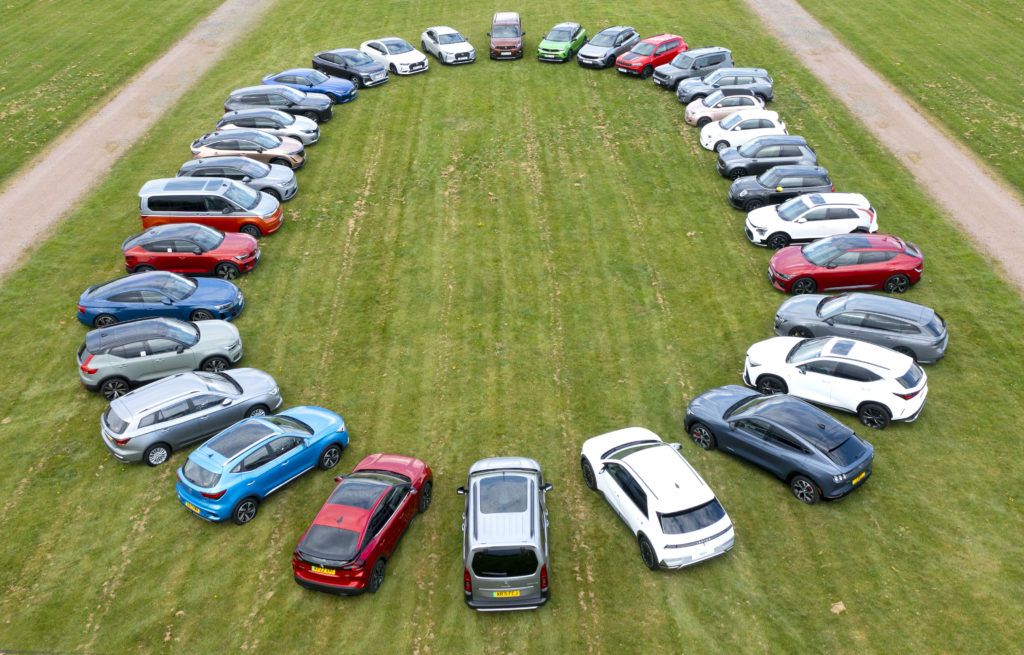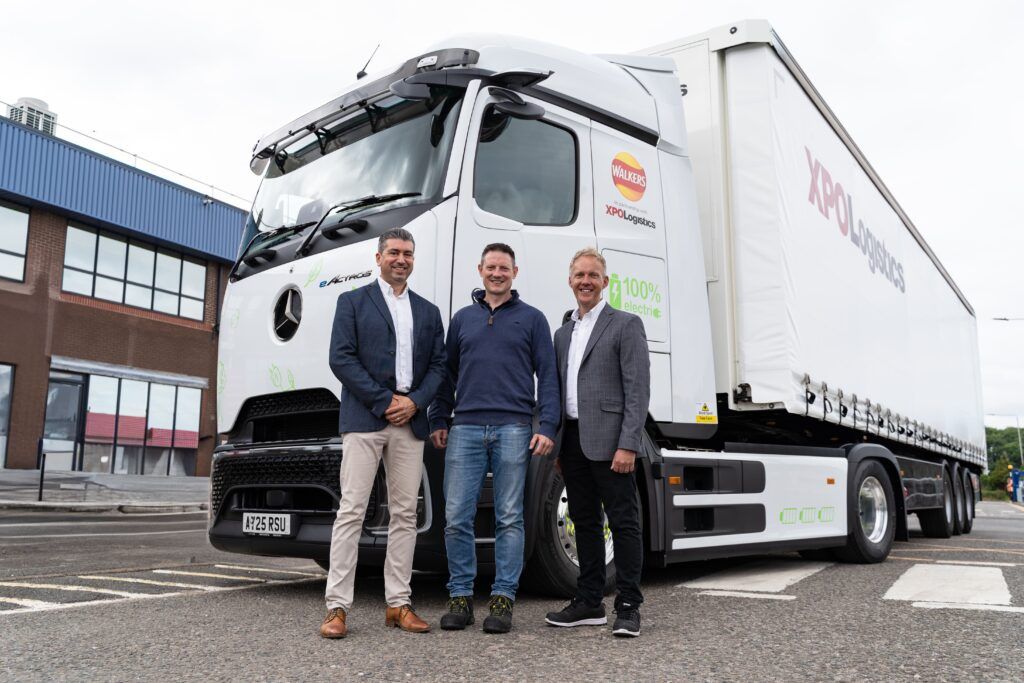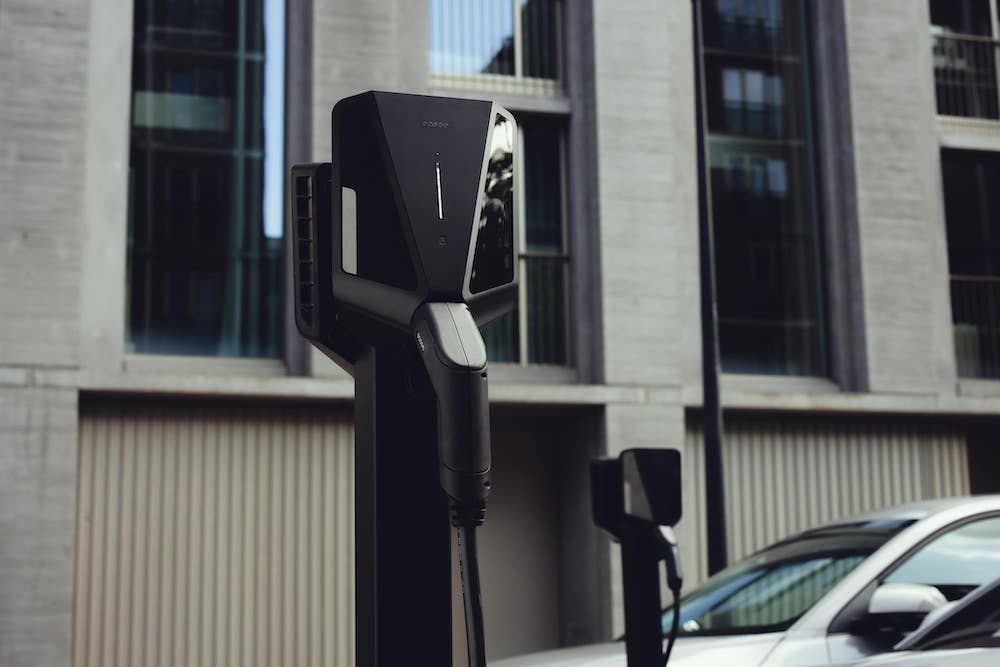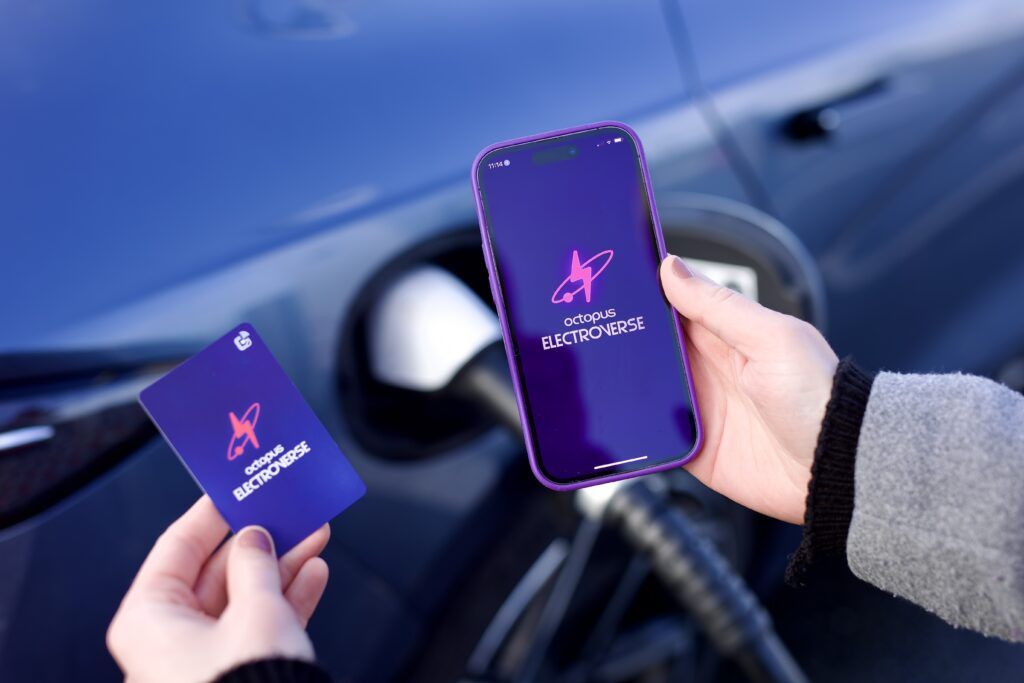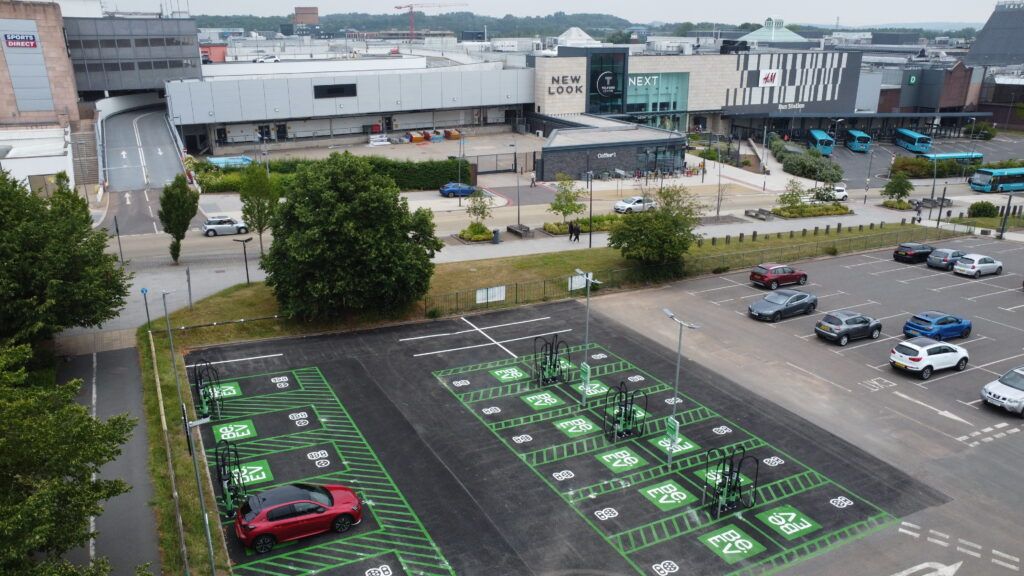The latest figures released by the Society of Motor Manufacturers and Traders (SMMT) show that battery electric vehicles outsold petrol cars in the UK during December 2022.
42,285 battery electric vehicles were sold accounting for 32.9% of all vehicles sold. In comparison, 42,091 petrol vehicles were sold in December in the UK, which accounted for 32.2% of sales.
Overall, the UK new car market recorded its fifth consecutive month of growth in December, with an 18.3% increase to reach 128,462 new registrations. This second half year performance was not enough, however, to offset the declines recorded during the first half of 2022. Despite underlying demand, pandemic-related global parts shortages saw overall registrations for the year fall -2.0% to 1.61 million, around 700,000 units below pre-Covid levels.

1

Constrained supply saw many manufacturers prioritise deliveries of the latest zero emission-capable models. December saw battery electric vehicles (BEVs) claim their largest ever monthly market share, of 32.9%, while for 2022 as a whole they comprised 16.6% of registrations, surpassing diesel for the first time to become the second most popular powertrain after petrol. Meanwhile, plug-in hybrids (PHEVs) saw their annual share decline to 6.3%, meaning that combined, all plug-in vehicles accounted for 22.9% of new registrations in 2022 – a record high, although a smaller increase in overall market share than recorded in previous years. Hybrid electric vehicles (HEVs) also enjoyed growth, rising to an 11.6% market share for the year. As a result, average new car CO2 fell -6.9% to 111.4g/km, yet again the lowest in history.
While private buyers accounted for more than half of all registrations, fleets and business buyers were responsible for the lion’s share of battery electric vehicles, accounting for two thirds (66.7%) of all BEV registrations and 74.7% of the volume gain in 2022.

According to the SMMT, chargepoint provision remains a barrier to EV uptake. The government’s EV Infrastructure Strategy forecast that the UK would require between 300,000 and 720,000 chargepoints by 2030. Meeting just the lower number would still require more than 100 new chargers to be installed every single day. The current rate is around 23 per day.
In a statement the SMMT said: “Manufacturers face a Zero Emission Vehicle Mandate from 2024 (the details of which have still not been published). As a result, accelerated investment in charging infrastructure is needed if consumers are to be confident they can make the switch and brands are to have a chance of securing sufficient supply to support UK market growth and not lose out to other markets which are investing more rapidly. Last year, Britain reclaimed its position as Europe’s second largest new car market by volume, both overall and, specifically for plug-in cars. However, as of the end of Q3 2022, it was 13th overall by plug-in market share, behind markets including Norway (78.3%), the Netherlands (28.7%) and Germany (23.5%).”

Mike Hawes, SMMT Chief Executive, said: “The automotive market remains adrift of its pre-pandemic performance but could well buck wider economic trends by delivering significant growth in 2023. To secure that growth – which is increasingly zero emission growth – government must help all drivers go electric and compel others to invest more rapidly in nationwide charging infrastructure. Manufacturers’ innovation and commitment have helped EVs become the second most popular car type. However, for a nation aiming for electric mobility leadership, that must be matched with policies and investment that remove consumer uncertainty over switching, not least over where drivers can charge their vehicles.”
Industry reaction:
Melanie Shufflebotham, COO and co-founder of Zap-Map said: “2022 was a record year for both EV sales and public charging rollout. With more than 8,700 net new chargers installed, a 30% increase, the UK’s network is keeping good pace with the take-up of cleaner, greener cars.
“There are areas we need to see improvements — there’s still a London and South-East bias, especially for slow on-street charging, and reliability remains the top concern for EV drivers. The rollout of rapid and ultra-rapid chargers has been moving at pace and this needs to continue through 2023, they are crucial for topping up en-route. Despite the challenges of rising energy prices and supply chain shortages, it’s been another big year for electrifying transport. Hopefully 2023 will beat the records again.”
Tables and images courtesy of SMMT.



